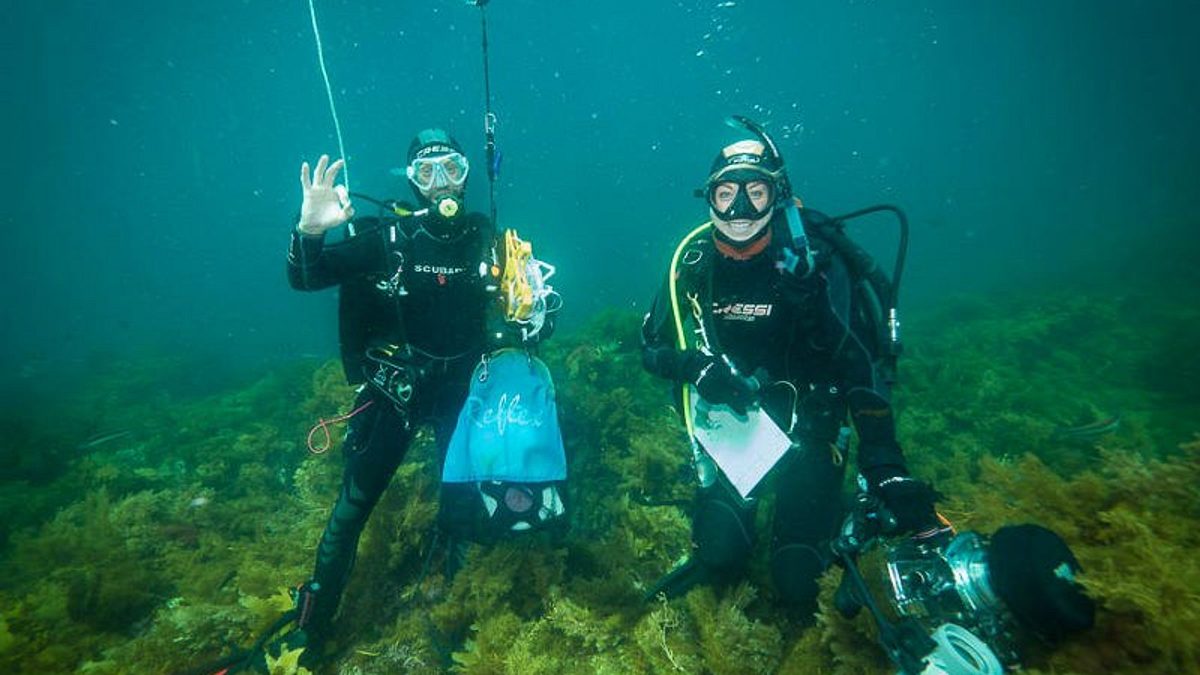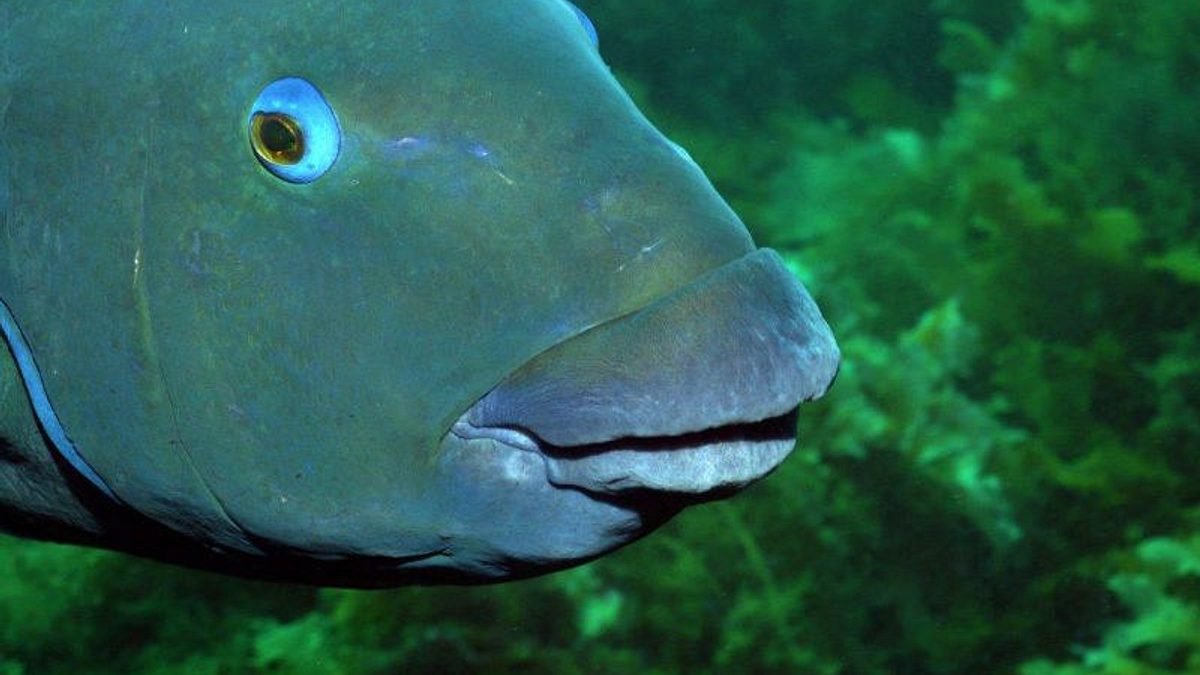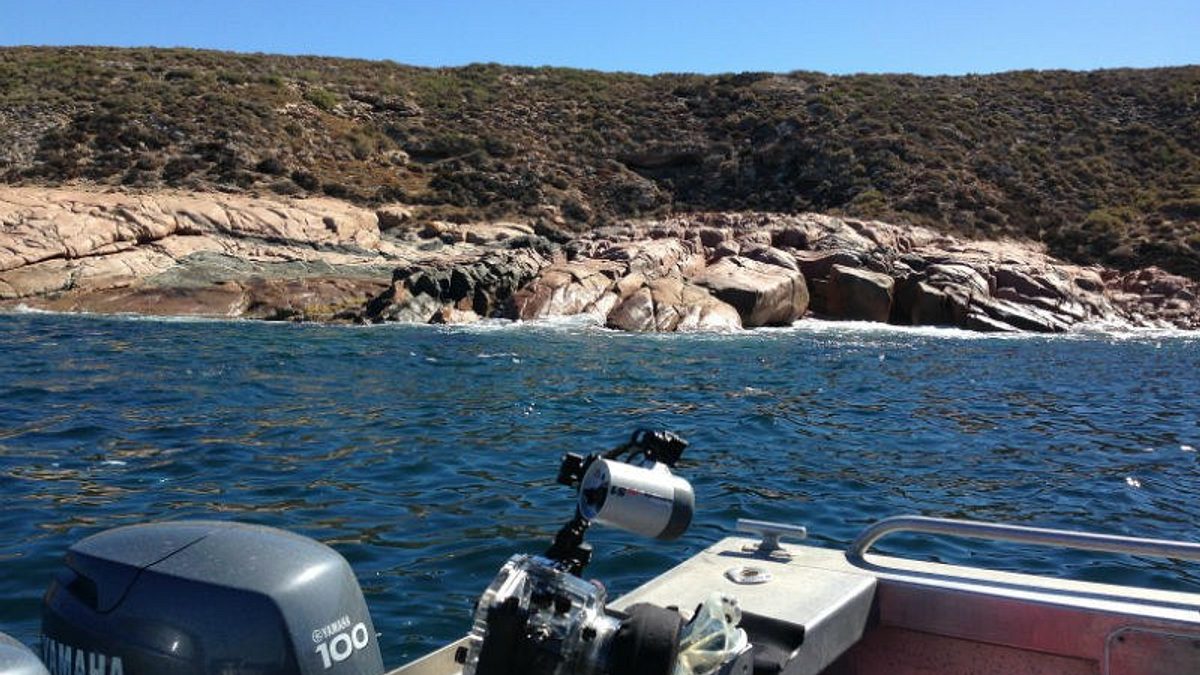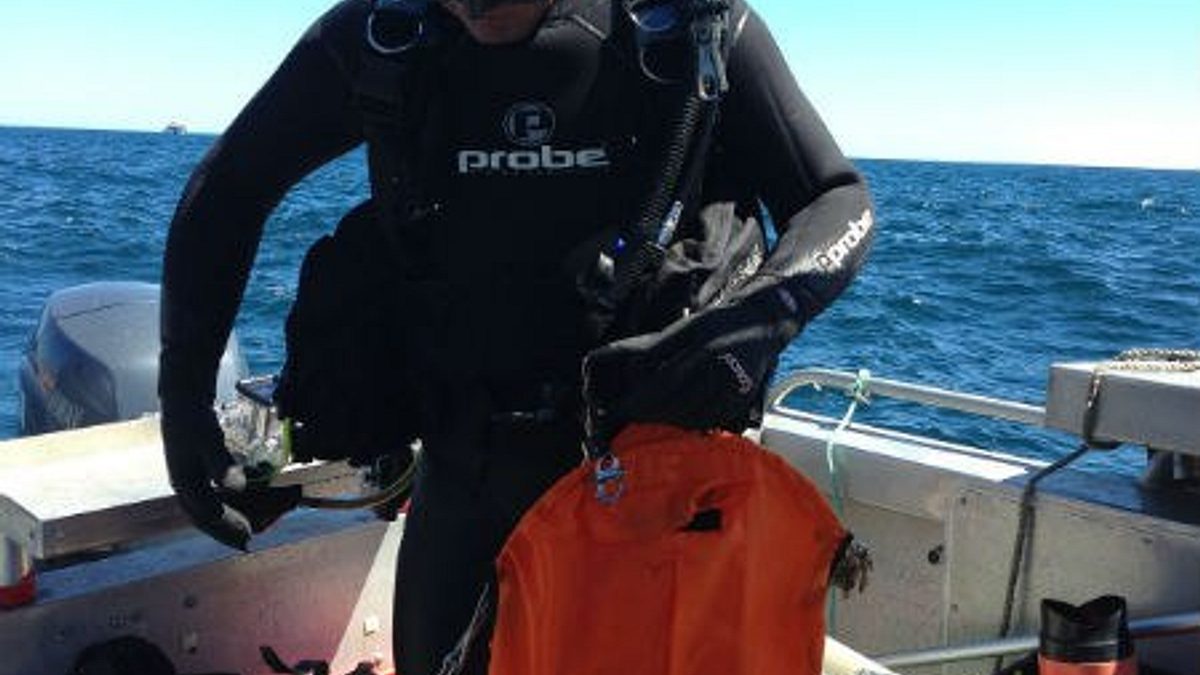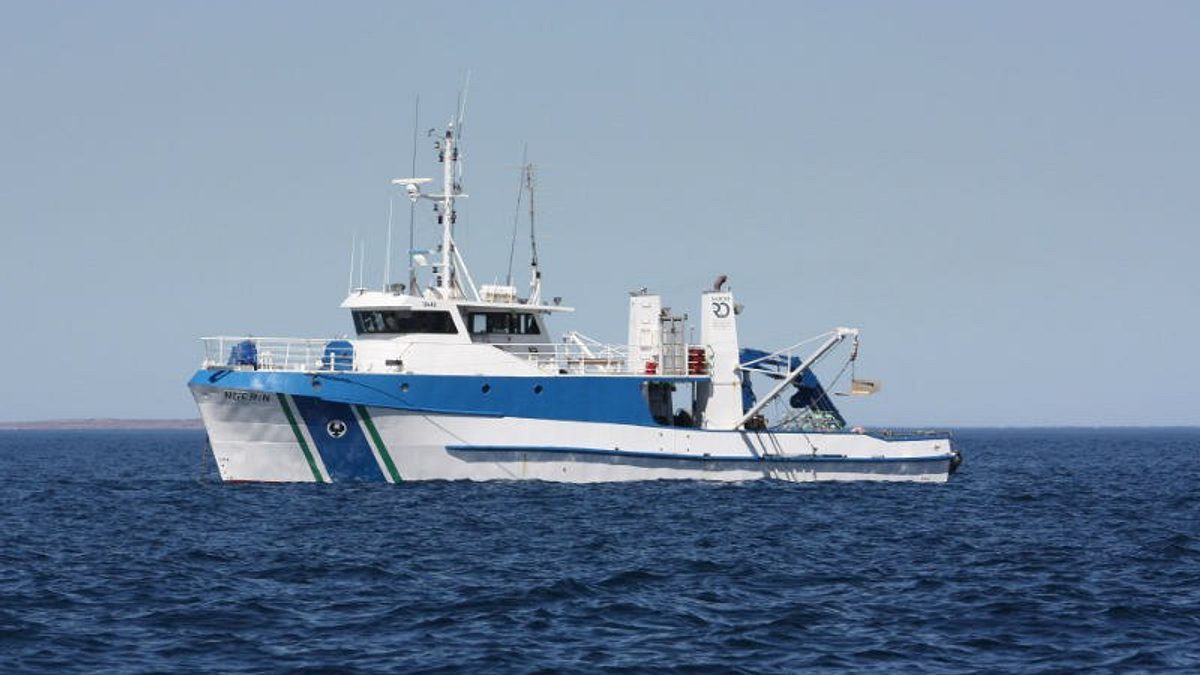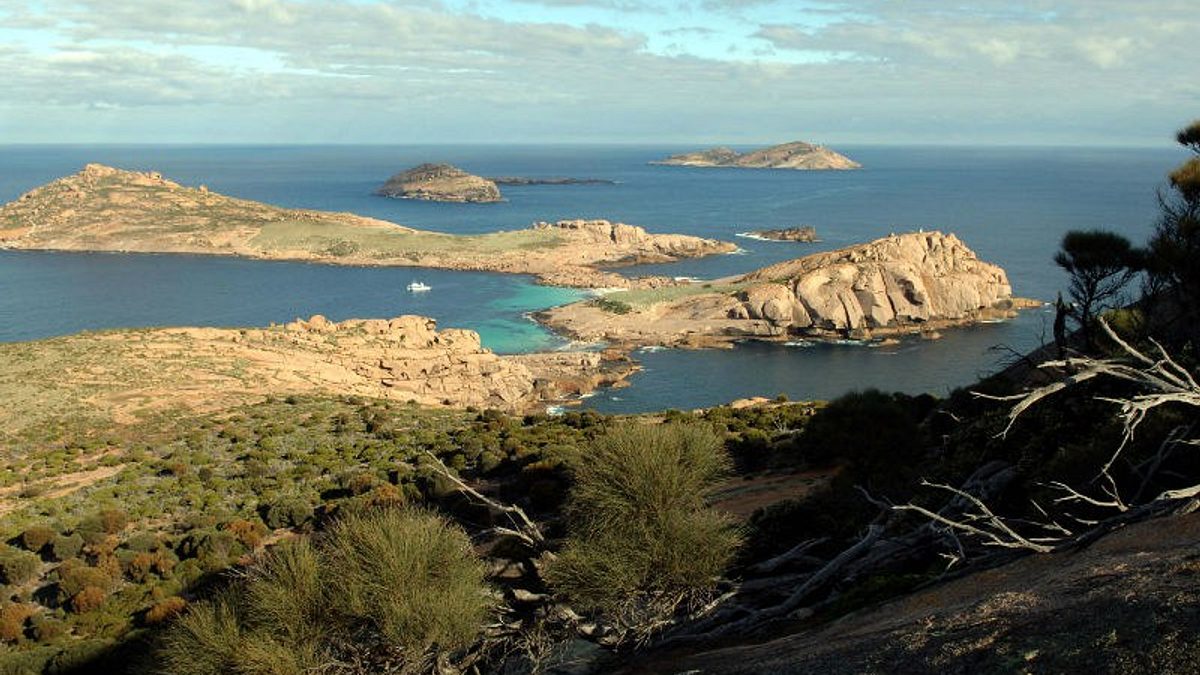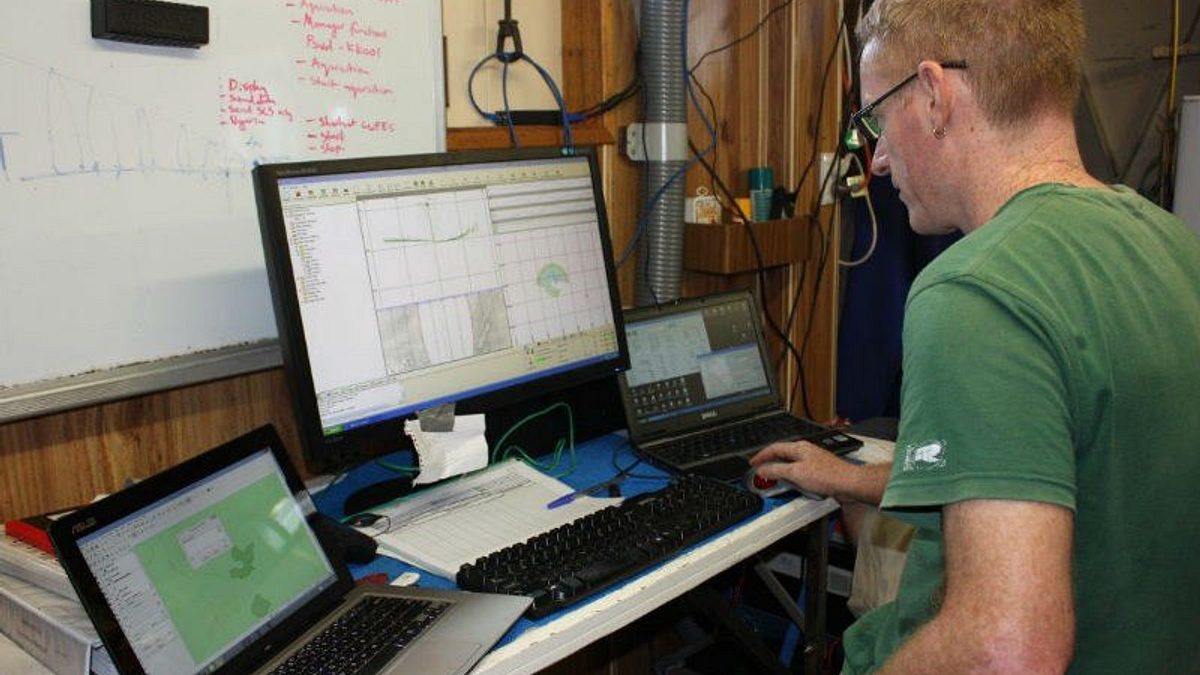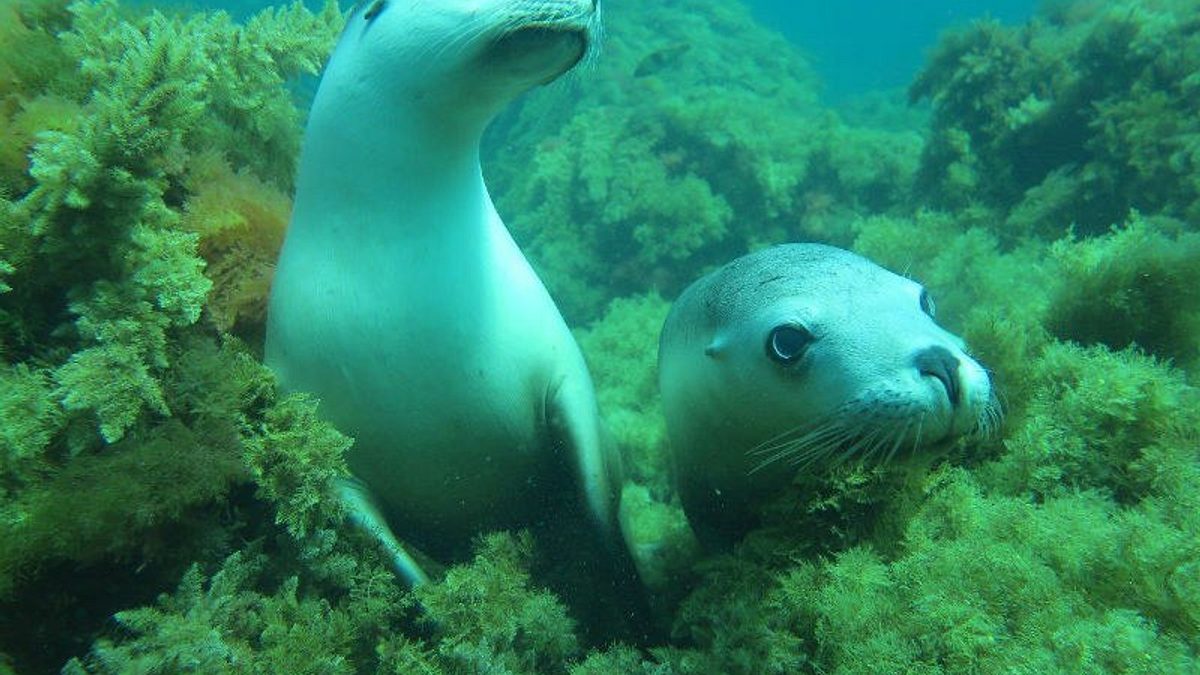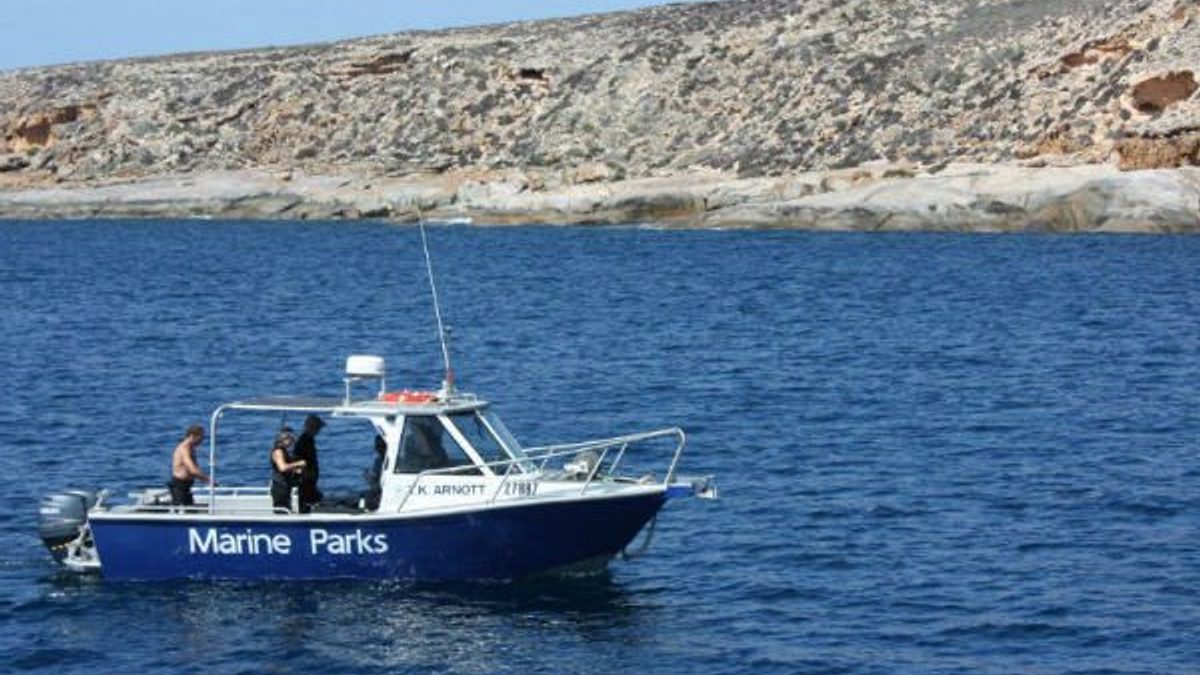Monitoring expeditions
DEW regularly partners with other government agencies, universities, local charter boat operators and diving companies to conduct monitoring expeditions in addition to DEW’s regular Marine Park management and monitoring.
These expeditions explore some of the more unique and remote areas of our state, mapping habitats and documenting marine biodiversity in a variety of habitats that have often never been surveyed before.
Take a look at some of the amazing habitats and species protected by our marine park network and learn why these expeditions are so important.
2015: Isles of St Francis, Pearson Island, Cape du Couedic
In 2015, staff undertook a 2-week monitoring expedition to some of the offshore islands in our marine park sanctuary zones. This expedition provided important baseline ecological information on habitats, as well as fish abundance, diversity and size which can now be reassessed over time.
2018: Pearson Isles (state MP) and Western Eyre (AMP)
In partnership with the Australian Government (Parks Australia), South Australian Research and Development Institute Aquatic Sciences, University of Adelaide, Flinders University, Integrated Marine Observing System and Environmental Protection Authority, this expedition built on the previous expedition and continued to map habitats and document aquatic fauna in these remote locations.
Expedition of discovery to Western Eyre and Investigator Marine Parks
2020: Ex HMAS Hobart
In 2020, marine biodiversity associated with the ex-HMAS Hobart wreck was documented officially for the first time. This expeditions was important to better understand its connectivity with the Encounter Marine Park and Rapid Head Sanctuary Zone where the wreck is located.
Diving on the Ex HMAS Hobart – Encounter Marine Park
2020: Western KI (state MP and AMP)
A collaboration between the state and federal governments, the six-day voyage was part of state and Commonwealth marine parks monitoring and compliance programs. It presented an opportunity to learn more about deeper marine habitats in Australian marine parks, with the findings contributing to the management of marine parks in the region. It was also the first time in South Australia that high-tech monitoring equipment (Baited Underwater Remote Video Systems (BRUVS)) was deployed at depths of greater than 100 metres and revealed new information about the species using these deep water marine parks.
Biodiversity of mesophotic marine habitats
2021 Statewide Coastal Raptor Surveys
In an effort to better conserve and recover eastern ospreys and white-bellied sea eagles in South Australia, a statewide ‘census’ was completed to count their numbers and assess any population trends. This information will inform ways in which we can better protect these incredible birds and provide accurate and up-to-date breeding habitat and nest site location data for the raptors. The Recovery Plan for the Eastern Osprey and White-bellied Sea Eagle can be viewed here.
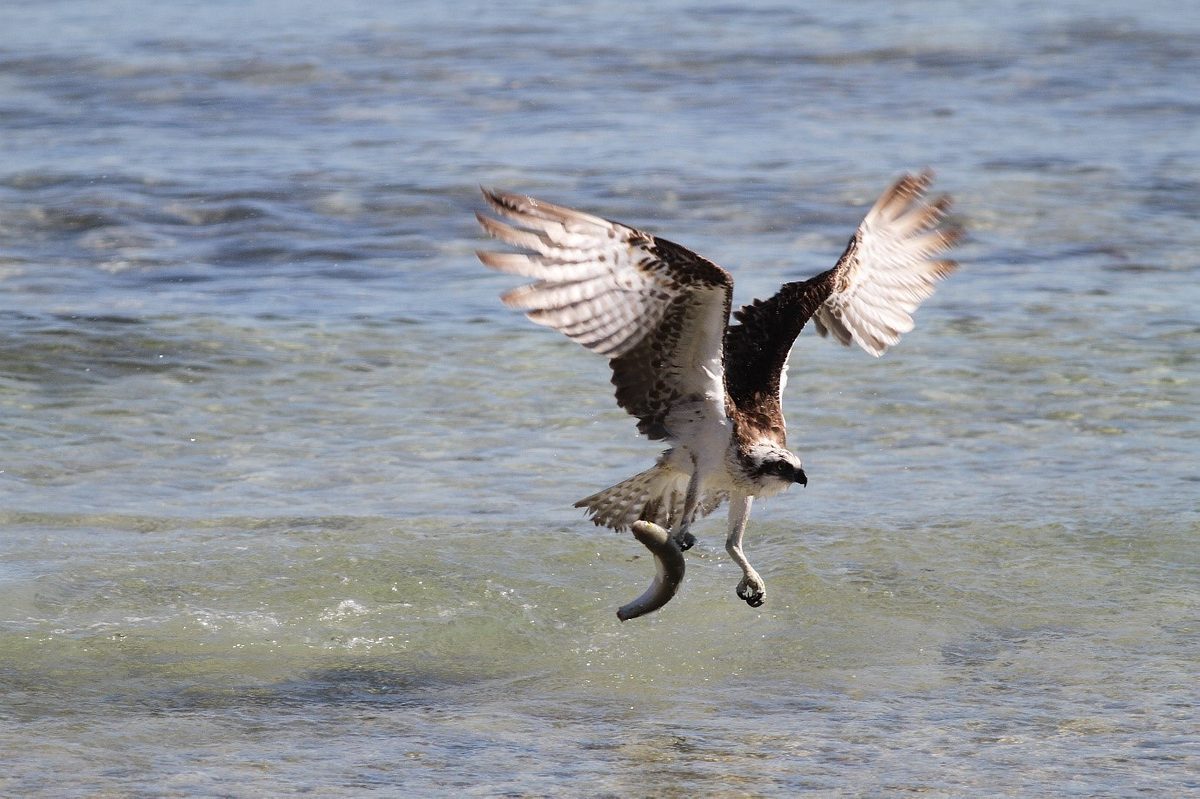
2021: Nuyts Archipelago (state MP) and Western Eyre, Murat (AMP)
A collaboration between the state and federal governments, this trip aimed to collect biodiversity data for Parks Australia to assist them in managing Commonwealth Marine Parks, as well as enabling monitoring of our own more remote and hard to get to state Marine Parks. These locations are pristine and have high biodiversity which can be used as reference areas critical for managing our marine park network.
2022: Southern KI (state MP and AMP)
This expedition continued our partnership with the federal government’s Commonwealth Marine Parks and presented an opportunity to assess habitat types and fish assemblages from rocky reefs off the south Coast of Kangaroo Island for the first time. This information will potentially provide better understanding of habitats utilised by sealions during foraging as well as provide an inventory of aquatic plants and animals in the area.

